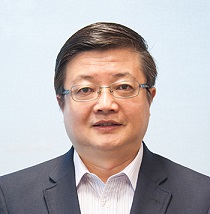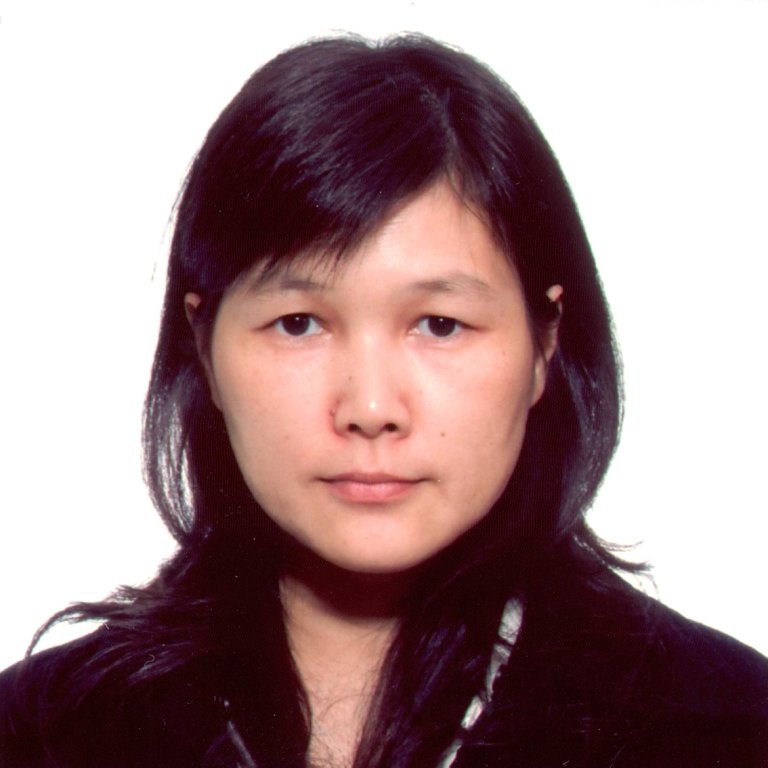
research scription
I have a strong interest in viral immunology. My main research focuses on the development of novel HIV vaccines, and in particular, on how strong protective T cell immunity can be induced using novel DNA-based HIV vaccines. In addition, I investigate the mechanisms that shape T cell responses during chronic viral infections.
Wong YC, McCaughan GW, Bowen DG, Bertolino P. 2016. The CD8 T-cell response during tolerance induction in liver transplantation. Clinical and Translational Immunology, 5: e102.
Fernandez-Ruiz D, Ng WY, Holz LE, Ma JZ, Zaid A, Wong YC, Lau LS, Mollard V, Cozijnsen A, Collins N, Li J, Davey GM, Kato Y, Devi S, Skandari R, Pauley M, Manton JH, Godfrey DI, Braun A, Tay SS, Tan PS, Bowen DG, Koch-Nolte F, Rissiek B, Carbone FR, Crabb BS, Lahoud M, Cockburn IA, Mueller SN, Bertolino P, McFadden GI, Caminschi I, Heath WR. 2016. Liver-resident memory CD8+ T cells form a front-line defense against malaria liver-stage infection. Immunity, 45: 889-902.
Vo M, Holz LE, Wong YC, English K, Benseler V, McGuffog C, Azuma M, McCaughan GW, Bowen DG, Bertolino P. 2016. Effector T cell function rather than survival determines extent and duration of hepatitis in mice. Journal of Hepatology, 64: 1327-1338.
Wong YC, Tay SS, McCaughan GW, Bowen DG, Bertolino P. 2015. Immune outcomes in the liver: Is CD8 T cell fate determined by the environment? Journal of Hepatology, 63: 1005-1014.
Flesch IE, Hollett NA, Wong YC, Quinan BR, Howard D, da Fonseca FG, Tscharke DC. 2015. Extent of systemic spread determines CD8 T cell immunodominance for laboratory strains, smallpox vaccines, and zoonotic isolates of vaccinia virus. Journal of Immunology, 195: 2263-2272.
Croft NP, de Verteuil DA, Smith SA, Wong YC, Schittenhelm RB, Tscharke DC, Purcell AW. 2015. Simultaneous quantification of viral antigen expression kinetics using data-independent (DIA) mass spectrometry. Molecular and Cellular Proteomics, 14: 1361-1372.
Tay, SS, Wong YC, McDonald DM, Wood NAW, Roediger B, Sierro F, Mcguffog C, Alexander I, Bishop GA, Gamble JR, Weninger W, McCaughan GW, Bertolino P, and Bowen DG. 2014. Antigen expression level threshold tunes the fate of CD8 T cells during primary hepatic immune responses. PNAS, 111: E2540-2549.
Tay SS, Wong YC, Roediger B, Sierro F, Lu B, McDonald DM, McGuffog CM, Meyer NJ, Alexander IE, Parish IA, Heath WR, Weninger W, Bishop GA, Gamble JR, McCaughan GW, Bertolino P, Bowen DG. 2014. Intrahepatic Activation of naive CD4 T cells by liver-resident phagocytic cells. Journal of Immunology, 193: 2087-2095.
Wong YC, Smith SA, Tscharke DC. 2013. Systemic TLR ligation and selective killing of DC subsets fail to dissect priming pathways for anti-vaccinia virus CD8 T cells. Journal of Virology, 87: 11978-11986.
Croft NP, Smith SA, Wong YC, Tan CT, Dudek NL, Flesch IEA, Lin LCW, Tscharke DC, Purcell AW. 2013. Kinetics of antigen expression and epitope presentation during virus infection. PLoS Pathogen, 9: e1003129.
Flesch IEA, Hollett NA, Wong YC, Tscharke DC. 2012. Linear fidelity in quantification of anti-viral CD8 T cells. PLoS ONE, 7: e39533.
Flesch IE, Wong YC, Tscharke DC. 2012. Analyzing CD8 T cells in mouse models of poxvirus infection. Vaccinia Virus and Poxvirology II: Methods and Protocols, 890: 199-218.
Melo-Silva CR, Tscharke DC, Lobigs M, Koshkinen A, Wong YC, Buller RM, Müllbacher A, Regner M. 2011. The ectromelia virus SPI-2 protein causes lethal mousepox by preventing NK cell responses. Journal of Virology, 85: 11170-11182.
Wong YC, Lin LC, Melo-Silva CR, Smith SA, Tscharke DC. 2011. Engineering recombinant poxviruses using a compact GFP-blasticidin resistance fusion gene for selection. Journal of Virological Methods, 171: 295-298.
Flesch IE, Woo WP, Wang Y, Panchanathan V, Wong YC, La Gruta NL, Cukalac T, Tscharke DC. 2010. Altered CD8 T cell immunodominance after vaccinia virus infection and the naive repertoire in inbred and F1 mice. Journal of Immunology, 184: 45-55.




